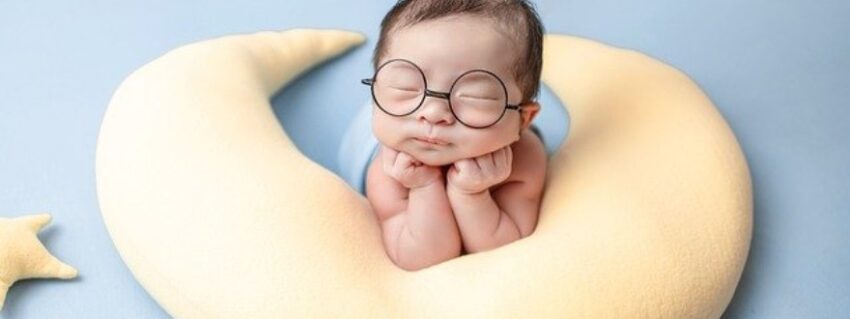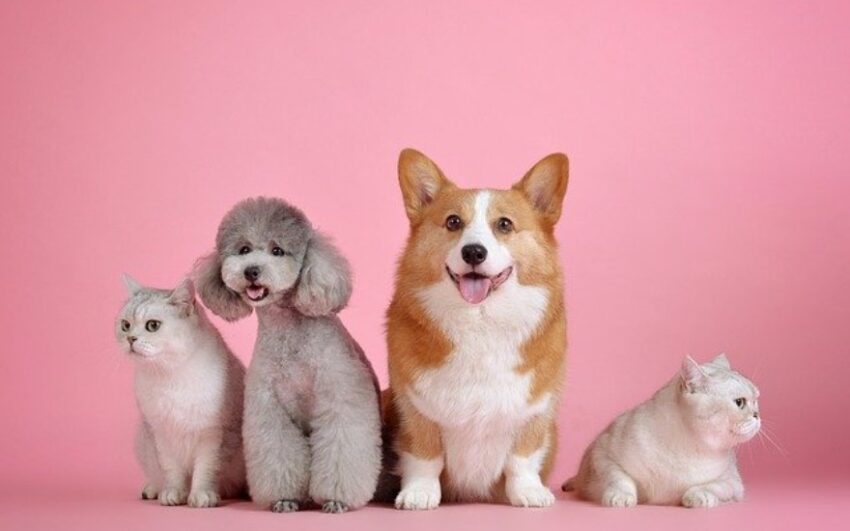Humans are drawn to cute people and things. Can science explain why?
Table of Contents
Cuteness, like beauty, has a universal appeal. There are few who can resist the charm of a pudgy baby or a child with chubby cheeks. Large heads, tiny features and huge eyes seem to have a surprising power over us. But why do we find these characteristics so attractive?
What makes someone cute?
Konrad Lorenz, an Austrian ethnologist, looked into the science of cuteness in the 1940s. He compiled a list of the esthetic and behavioral characteristics we are particularly attracted to, and found that we are drawn to relatively large heads, large and low-lying eyes, bulging cheeks, short and thick arms and legs, springy elastic skin, and clumsy movements.

Typically, these are the attributes of a child. Juveniles are not simply miniature adults; they have distinctive body proportions. A newborn has a large head in relation to the rest of its body, stubbier arms and legs and tiny hands and feet. As a baby grows up, the relative head size diminishes, the jaw gets bigger and the limbs become longer and leaner. A baby’s esthetic proportions are instantly recognizable, and we are hardwired to regard them as ‘cute’.
Lorenz noted that childish characteristics trigger a parental instinct. Cute things make us feel warm and exhilarated and we want to look after them. They awaken affection and feelings of nurture, making us want to pet and coo.
Evolution of cuteness
But when and why did our instinctive responses to cuteness develop? How has cuteness been an advantage in human development?
A couple of million years ago, human brain size began to increase. Childbirth became more painful, as fitting a bigger-brained baby through a narrow birth canal was a dangerous squeeze. Birth limited how big our brains could become.
Nature’s solution was for human babies to be born with highly undeveloped brains. Unlike other mammals, our grey matter does about 75% of its growing outside of the womb.
Since human babies are born helpless and take so long to develop, they are totally dependent upon adult care for everything. It takes about 17 months for newborns to become as independent and mobile as chimpanzees are at birth, and so we have an extremely extended childhood. For years, we rely on the love, attention and goodwill of our parents. If they abandon us, we don’t stand a chance.
But what would inspire parents of these immature babies to invest such a high level of care? Cuteness seems to play a major role.
Attraction to cuteness
Some experts, like Lorenz, believe that our response to cuteness isn’t instinctive but rather learned from our direct experience with babies. In this case, our reactions are tagged on to our evolutionary tendency to respond affectionately to certain learned signs.
But Jeffrey Kurland, an associate professor of Biological Anthropology and Human Development from Penn State University, believes that our responses are truly innate, inherited from our primate ancestors. Kurland thinks that babies evolved to be cute, their cuteness perhaps conveying biological information about strong genes and good health. Women developed an appreciation of cuteness and, choosing to lavish more care on the cuter babies, gave them the best chance of survival.
According to scientists at the University of Alberta in Canada, good-looking babies have a definite advantage. A research team lead by Dr Andrew Harrell found that parents of cute newborns were more responsive and affectionate than mothers of less attractive babies. Gorgeous children also seemed to receive more notice from teachers and other adults as they grew up.
Interestingly, babies seem to be just as prejudice. Research by psychologist Alan Slater and his team from Exeter University in the UK found that from the moment babies are born, they prefer to look at pretty faces. Their study supports the idea that babies are born with a well-developed system of perception and Slater speculates that pretty faces appeal to babies since they fit the prototype of a human face. Research has shown that by melding together hundreds of faces with different characteristics, the end result is an attractive face!
Cute animals?
Our imagination and abstracting tendencies mean that we also find animals, pictures and even concepts cute. For years, market research has looked into the images that people find appealing and has found that cuteness sells. Walt Disney fully exploits the attraction of cuteness. As Stephen Jay Gould, the American biologist and author, describes in his essay on the evolution of Mickey Mouse, “the magic kingdom trades on a biological illusion- our ability to abstract and our propensity to transfer inappropriately to other animals the fitting responses we make to changing form in the growth of our own bodies.”

Over the years, adult humans have evolved to look more child-like. Whereas baby apes and baby humans look fairly similar, apes grow up to have flattened heads and protruding, chinless jaws while humans retain their flat faces and smooth brow. During the past millennia, we have evolved to retain the large, rounded heads, prominent eyes, small teeth and hairlessness of our childhood.
Lorenz believes that we retain our cuteness because, as opposed to other animals, our big brains never really stop developing. We are able to keep learning new things throughout our life, so perhaps this is why we retain our appearance of youthfulness. But it also means that we probably find modern humans much more attractive than our ancestors the Neanderthals.
For more information
New Scientist – Babies prefer to gaze upon beautiful faces
http://www.newscientist.com/article.ns?id=dn6355
The Scotsman – Ugly Children Get Less Attention
http://thescotsman.scotsman.com/international.cfm?id=391872005
